The Physics of Quantum Thermoelectricity
Introduction
Quantum thermoelectricity is a branch of physics that studies the interplay between quantum mechanical effects and thermoelectric phenomena. This field is a subset of condensed matter physics, and it has significant implications for the development of efficient energy conversion technologies.
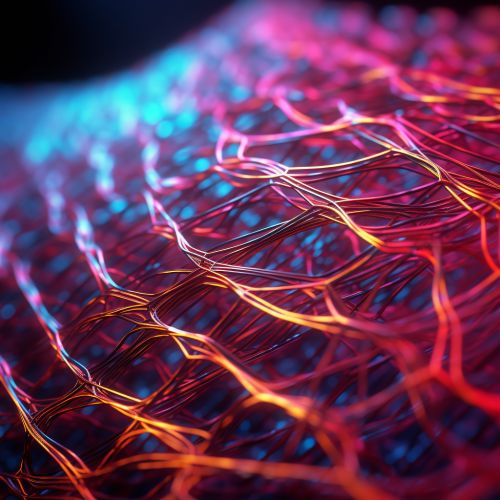
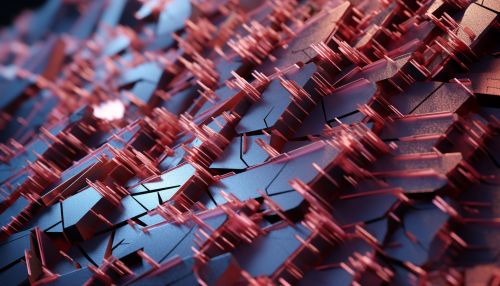
Quantum Mechanics and Thermoelectricity
Quantum mechanics is a fundamental theory in physics that provides a description of the physical properties of nature at the scale of atoms and subatomic particles. It introduces concepts such as wave-particle duality, superposition, and entanglement, which are essential in understanding the behavior of particles in a thermoelectric material.
Thermoelectricity, on the other hand, refers to the direct conversion of temperature differences to electric voltage and vice versa. This phenomenon is governed by the Seebeck, Peltier, and Thomson effects. The efficiency of this conversion process is quantified by a dimensionless figure of merit, denoted as ZT.
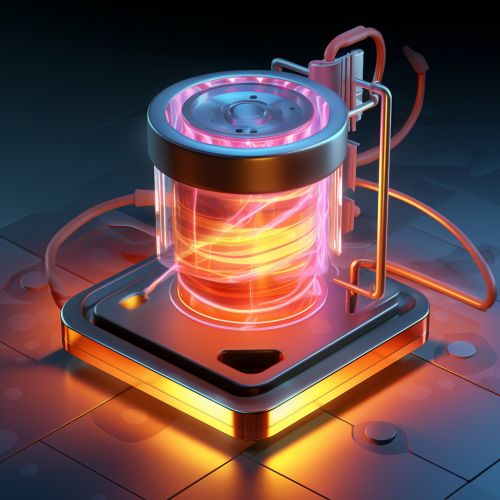
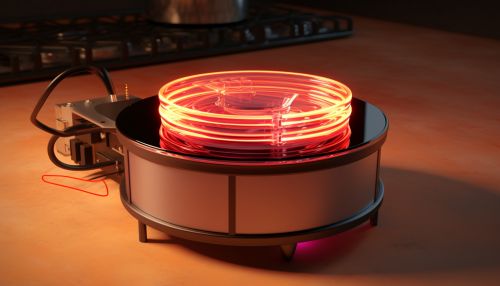
Quantum Effects in Thermoelectric Materials
Quantum effects can significantly influence the thermoelectric properties of a material. For instance, quantum confinement, which occurs when the size of the material is comparable to the de Broglie wavelength of the charge carriers, can lead to an increase in the Seebeck coefficient, thereby enhancing the thermoelectric efficiency.
Quantum tunneling is another quantum mechanical phenomenon that plays a crucial role in thermoelectricity. In certain thermoelectric materials, charge carriers can tunnel through potential barriers, a process that is forbidden in classical physics. This tunneling effect can contribute to the thermoelectric power of the material.
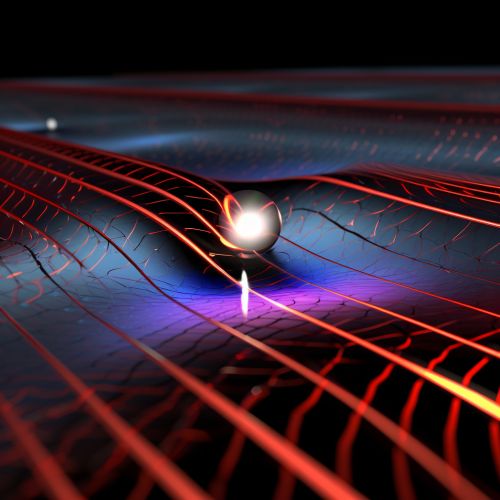
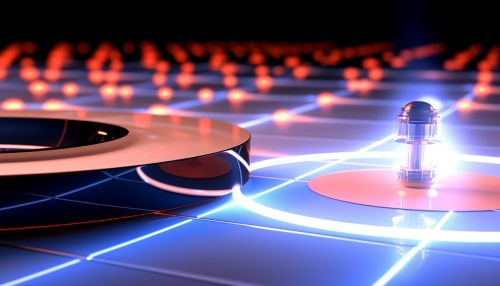
Quantum Thermoelectric Devices
Quantum thermoelectric devices exploit quantum effects to enhance the efficiency of energy conversion. These devices typically consist of low-dimensional materials, such as quantum wells, wires, and dots, which exhibit pronounced quantum confinement effects.
Topological insulators are a class of materials that have been extensively studied for their potential in quantum thermoelectric applications. These materials have insulating interiors but conductive surfaces, and they exhibit a high thermoelectric efficiency due to the presence of topologically protected surface states.
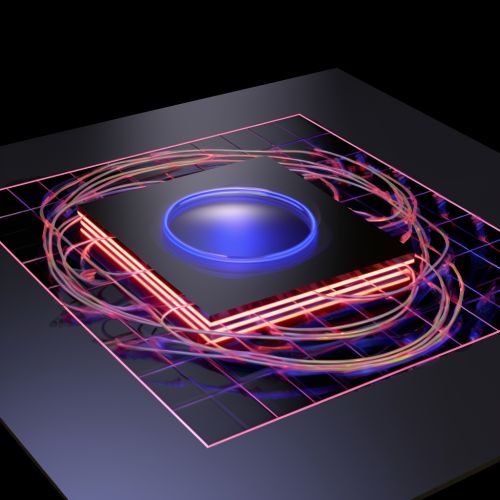

Future Perspectives
The field of quantum thermoelectricity is still in its early stages, and much research is needed to fully understand the underlying physics and to develop practical applications. However, the potential of this field is enormous, as it could lead to the development of highly efficient energy conversion technologies, which are crucial for addressing the global energy crisis.


